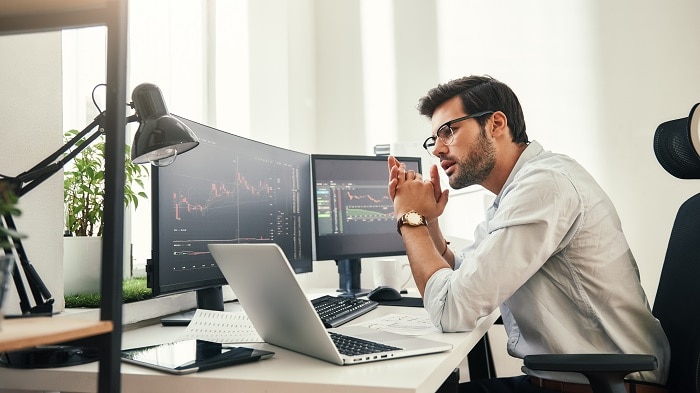In retail, it may seem evident that increased sales will result in increased profits. But that is not always the case, which is why Gross Margin Return On Investment (GMROI) is one of the most revealing profitability metrics for retailers.
GMROI measures the efficiency with which your retail operation transforms inventory into gross profit. Effectively managing inventory can mean the difference between finishing in the red or black in any given period. GMROI can tell you how well your inventory is working for you, acting as a leading indicator of how healthy your operations are. It tells you for every dollar you’re investing in inventory, how much it’s making you in gross profit.




















